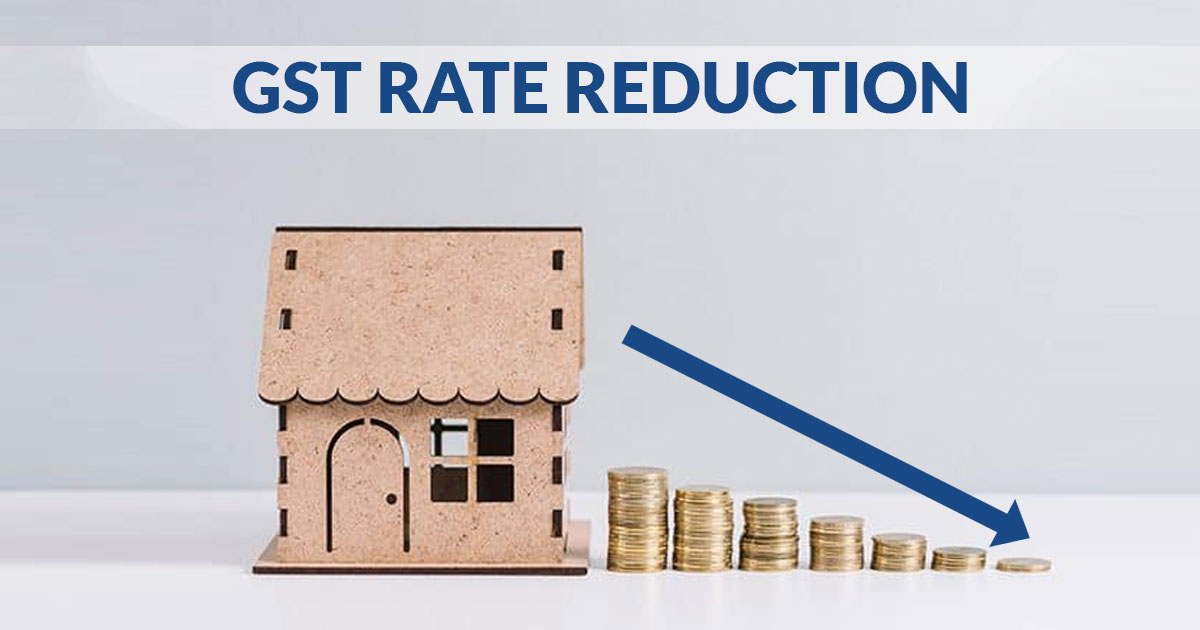The GST Council is discussing upon to provide tax relief to the housing sector to promote the demand of the industry. But, the Council is concerned about that at a large scale builders are doing tax evasion so the tax relief framework must be structured in such a manner so that the builders would not do tax evasion.
Under the proposed GST rate cut the builders won’t be able to avail input tax credit. Also, it would come with one condition that the builders have to purchase the 80% of raw materials/ inputs from registered GST dealers.
Houses that are under construction for which completion of a certificate has been issued does not come under the GST regime currently. Contrary, under- construction houses for which completion of certification has not issued 12% GST rate is being levied on it.
Under the proposed GST rate cut, a group of state finance ministers is discussing upon to reduce the GST rate from 12% to 5% without providing the benefit of Input Tax Credit (ITC) to developers.
Kerala finance minister Thomas Isaac, however, claimed that the builders getting capital goods as input would be an easy task for the builders while making them vulnerable to procure goods from the unregistered dealers. This, in turn, may prove lower revenue to the government and may also harness tax evasion.
Also, Punjab feels deprived when it comes to one the cost of the land and abatement for the tax, making it no suitable idea for the state to recover the cost and taxes.
Read Also: All Updates on 33rd GST Council Meeting (Adjourned till 24th Feb 2019)
The Council is also thinking to reduce GST rate from 8% to 3% for ‘affordable housing projects’ as defined by the Reserve Bank of India and for a three-tier structure with a benign 1% rate for low-income housing.
“If a buyer purchases a house in Delhi for say Rs 1 crore, GST would be levied on only two-thirds of the value after assuming the land value to be a third of the cost. This is favourable to Delhi as it gets revenue on a larger portion of the purchase even though the land cost might have been higher than assumed by the formula. But for a similarly priced house in Punjab, the state would lose revenue if circle rate was to be used for tax calculation, given that land cost would be lower than a third of the total value,” Rajat Mohan, a partner at AMRG & Associates said.
